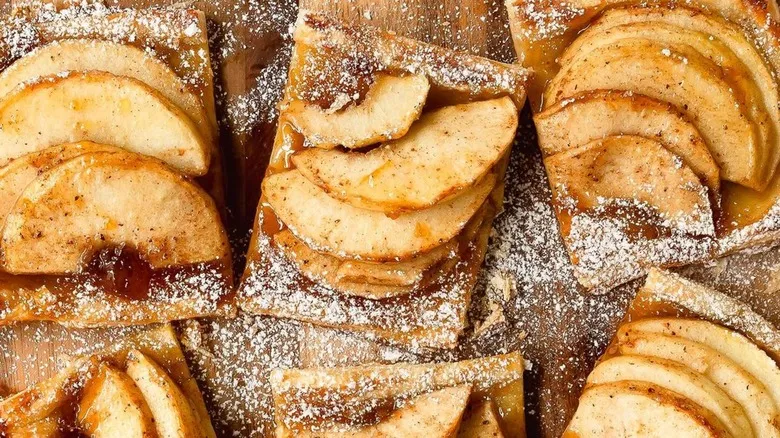Tarts are commonly defined by their shallow, sturdy structure

If you have a passion for desserts, you’re likely most acquainted with tarts as the elegantly crafted pastry shells filled with custard and topped with fruit, often seen at upscale gatherings. While these are indeed a popular form of tart, the dessert encompasses a wide range of varieties, making it challenging to pin down a precise definition. Essentially, any open-faced pastry featuring a crust and filling could be classified as a tart, although you might prefer a more specific term for clarity. In some cases, the terms "pie" and "tart" can be used interchangeably, and historical evidence indicates that their origins are quite similar.
Some popular types of tarts include fruit tarts, custard tarts, Chinese egg tarts, tarte Tatin, and quiche (such as this mushroom and leek quiche recipe). Many of these tarts are baked in special pans with removable bottoms, allowing for easy removal while preserving their delicate form. The crusts of these tarts are typically made from shortcrust pastry and are generally shallow. However, certain recipes, like this savory asparagus and lemon ricotta tart, may use a more rustic puff pastry base. Unlike a slice of gooey apple pie, which can lose its shape on your plate, the aim of many tarts is to retain their structural integrity, allowing you to enjoy a small one right from the palm of your hand.
Galettes are more rustic and formed by hand
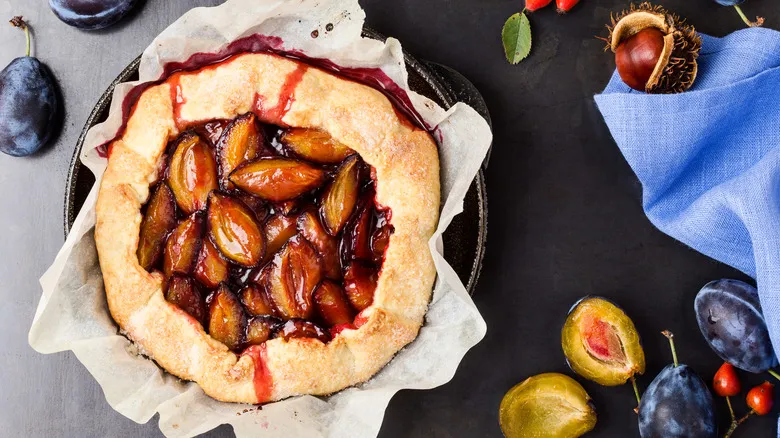
Thanks to their straightforward nature and simple preparation, galettes are an ideal pastry for beginner pie makers looking to build their confidence. To create one of these delightful treats, all you need is buttery dough rolled out flat and folded over your choice of sweet or savory filling. Unlike a traditional tart, there's no need for specialized baking equipment; a galette is shaped by hand and then baked in the oven until it reaches a crisp, golden-brown perfection.
Originating from France, galettes also have an Italian counterpart known as crostata. It can be a bit confusing, as there are other French regional dishes that include "galette" in their names, such as galette Bretonne and galette de rois, which do not follow the typical galette format. Depending on whom you ask, some bakers might describe a galette as a rustic, free-form tart. Regardless of how you define them, galettes offer the simplest way to enjoy a pastry that boasts all the texture and flavor of a pie or tart, without the associated stress.
Recommended

The Worst Mistakes Causing Your Sponge Cake To Sink, According To Paul Hollywood
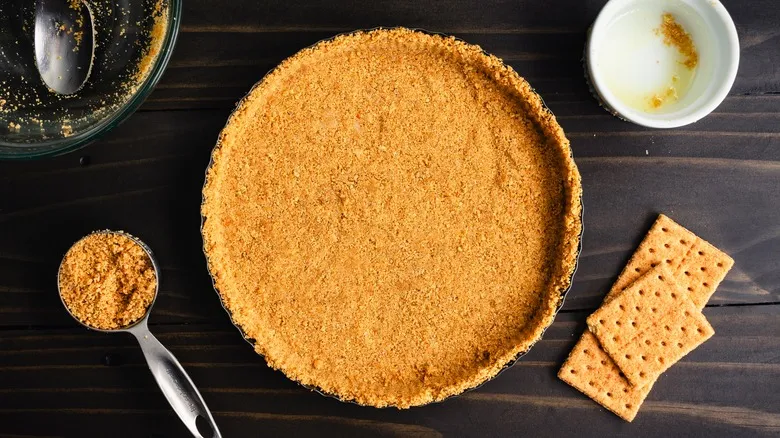
The Case For Baking Your Graham Cracker Pie Crust
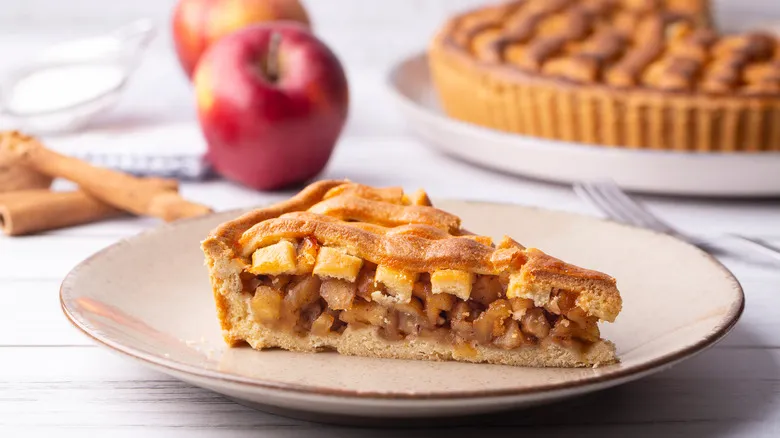
How Many Apples Does It Take To Make An Apple Pie?
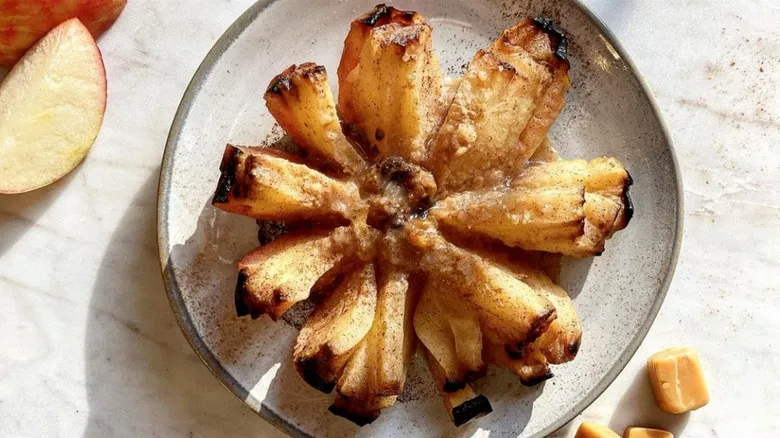
Bloomin' Apples Are The Fuss-Free Fall Dessert You're Craving
Next up

